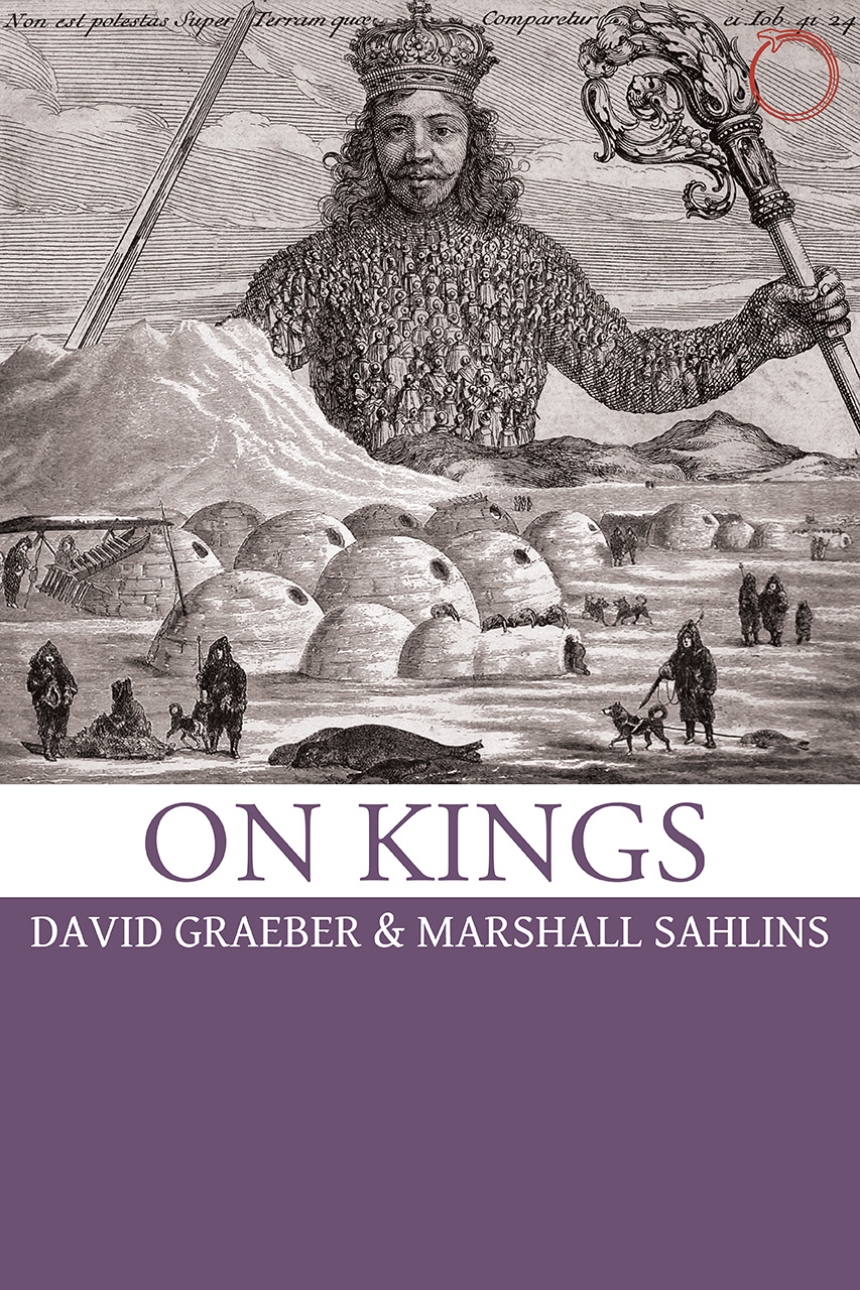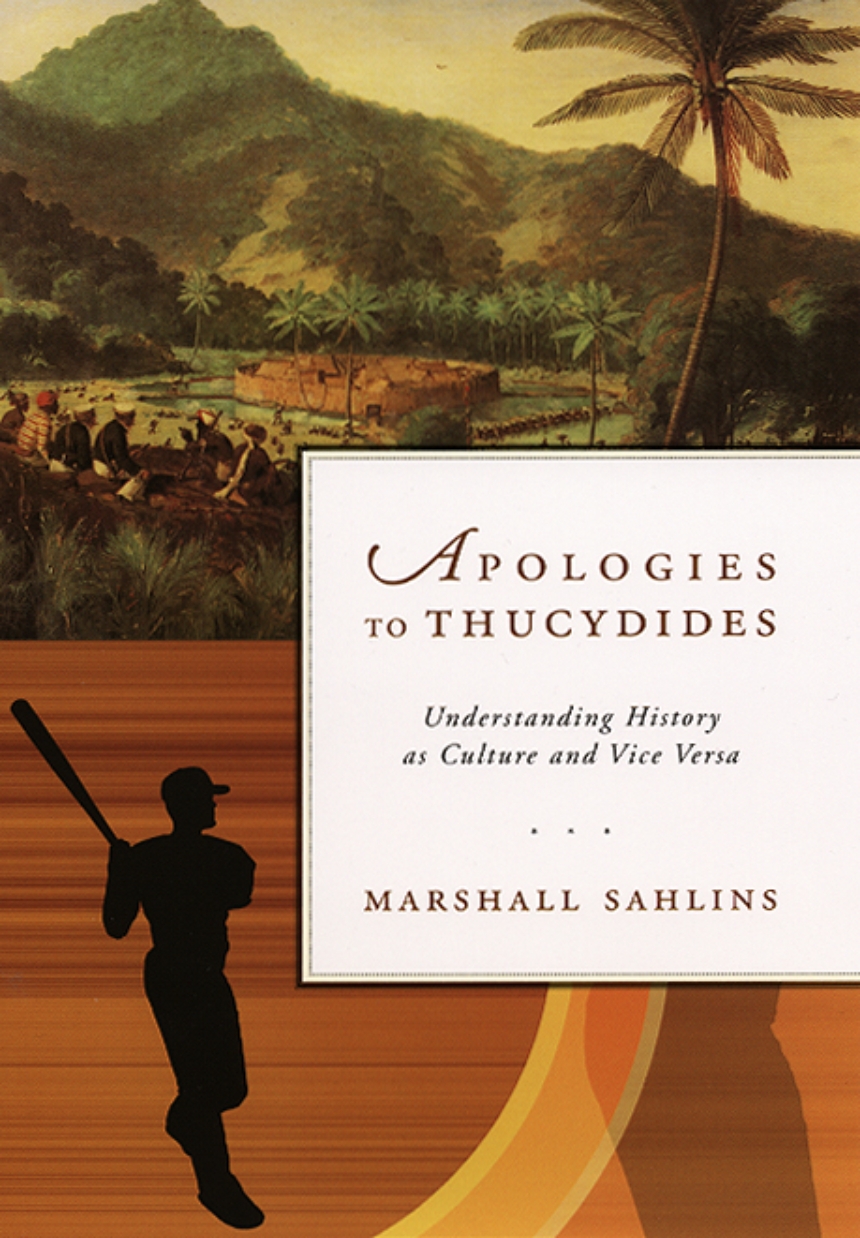
Marshall Sahlins was far more than just an anthropologist; he emerged as a **cultural icon** whose groundbreaking work fundamentally transformed our comprehension of human societies and their complexities. Born on December 27, 1930, in the vibrant city of Chicago, Illinois, Sahlins devoted his life to the meticulous study of **human behavior** and **culture**, with a particular focus on the diverse societies of the South Pacific. His extensive research and innovative theories challenged conventional wisdom and opened new avenues for understanding the interplay between culture and social structures. Sahlins’ contributions to the field of anthropology are nothing short of monumental, and his intellectual legacy continues to resonate, inspiring both scholars and activists around the world to explore the rich tapestry of human experience. Through his writings and teachings, he encouraged a deeper appreciation for the complexities of cultural practices and the ways in which they shape our lives, ensuring that his influence will endure for generations to come.
Early Life and Education

Roots in Chicago
Growing up in the vibrant city of Chicago, Sahlins was immersed in a rich tapestry of cultures, traditions, and ideas that shaped his worldview. The city’s dynamic environment, characterized by its diverse communities and cultural exchanges, ignited a profound interest in anthropology within him. This early exposure to various ways of life and human interactions not only broadened his perspective but also motivated him to delve deeper into the study of human societies. As a result, he decided to pursue higher education, seeking to understand the complexities of culture and human behavior more thoroughly.
Academic Journey
Sahlins embarked on his academic journey at the prestigious **University of Michigan**, where he dedicated himself to his studies and earned his Bachelor of Arts degree in 1951. His passion for anthropology continued to flourish, leading him to complete his Master of Arts degree just a year later in 1952. Not one to rest on his laurels, Sahlins then pursued further education at **Columbia University**, where he achieved his Ph.D. in 1954. This rigorous academic training not only equipped him with a solid foundation in anthropological theory and methodology but also paved the way for his significant contributions to the field of anthropology in the years to come.
Contributions to Anthropology

Fieldwork in the South Pacific
Marshall Sahlins is widely recognized for his significant contributions to anthropology, particularly through his extensive fieldwork conducted in the South Pacific, specifically in the islands of **Hawaii** and **Fiji**. His research endeavors were primarily aimed at unraveling the intricate **cultural dynamics** that characterize these societies. Sahlins placed a strong emphasis on the idea that culture plays a pivotal role in influencing human behavior, often prioritizing cultural factors over biological ones. This perspective has led to a deeper understanding of how cultural practices and beliefs shape the lives of individuals within these communities.
Stone Age Economics
In 1972, Sahlins made a significant impact on the field of anthropology with the publication of his influential work, **Stone Age Economics**. This collection of essays presented a bold challenge to conventional economic theories that dominated the discourse at the time. Among the essays, “The Original Affluent Society” stands out as particularly noteworthy. In this essay, Sahlins argued that hunting-and-gathering societies should not be viewed through the lens of poverty; rather, he posited that these societies were affluent in their own unique ways. He attributed this affluence to their sustainable practices and the ability to meet their needs without overexploitation of resources, thereby redefining the understanding of wealth and prosperity.
Critique of Sociobiology
In his thought-provoking book, **The Use and Abuse of Biology**, published in 1976, Sahlins offered a critical examination of the emerging field of **sociobiology**. He challenged the notion that human behavior could be entirely explained by genetic determinism, arguing instead for a more nuanced understanding that incorporates the significant influence of culture. Sahlins contended that human actions and societal structures are deeply intertwined with cultural contexts, and that reducing complex behaviors to mere biological imperatives overlooks the richness and diversity of human experience. His critique has had lasting implications for the study of anthropology and the understanding of human behavior.
The Teach-In Movement

Innovative Protest Methods
In the tumultuous period of the Vietnam War, the renowned anthropologist Marshall Sahlins emerged as a significant voice within the **antiwar movement**. He played a pivotal role in the development of the **teach-in**, an innovative format designed to facilitate open dialogue among students, educators, and community members regarding urgent political and social issues of the time. These gatherings served as a platform for critical discussions, allowing participants to share their perspectives, challenge prevailing narratives, and educate one another about the complexities of the war and its implications. The concept of the teach-in resonated deeply with the youth of the era, leading to its rapid adoption across university campuses nationwide. This method of nonviolent protest not only galvanized a generation of activists but also helped to cultivate a vibrant culture of civic engagement and social consciousness, empowering individuals to take a stand against injustice and advocate for peace.
Controversies and Academic Disputes

Response to Gananath Obeyesekere
In 1992, Sahlins found himself at the center of a heated debate with Gananath Obeyesekere regarding the interpretation of Captain James Cook’s interactions with Hawaiian natives. Sahlins defended his views in **How “Natives” Think** (1995), arguing that anthropologists could accurately understand native perspectives.
Resignation from the National Academy of Sciences
In 2013, Sahlins made headlines when he resigned from the **National Academy of Sciences** after over 21 years of membership. His resignation was a protest against the election of sociobiologist Napoleon Chagnon, whose methodologies he strongly opposed.
Later Works and Legacy

Apologies to Thucydides
In 2004, Sahlins published **Apologies to Thucydides**, connecting contemporary U.S. foreign policy to the ideas of the ancient Greek historian. This work showcased his ability to bridge historical analysis with modern political critique.
Influence on Future Generations
Marshall Sahlins wrote over ten books and served as the executive publisher of **Prickly Paradigm Press**, which focuses on radical and innovative scholarly texts. His influence extends beyond anthropology, inspiring activists and scholars to think critically about culture and society.

Marshall Sahlins passed away on April 5, 2021, but his legacy lives on. His work challenged conventional wisdom and opened new avenues for understanding the complexities of human societies. Whether through his innovative protest methods or his groundbreaking research, Sahlins remains a pivotal figure in the fields of anthropology and social activism.
Table: Key Contributions of Marshall Sahlins

| Year | Contribution | Description |
|---|---|---|
| 1972 | Stone Age Economics | A collection of essays challenging traditional economic theories. |
| 1976 | The Use and Abuse of Biology | A critique of sociobiology emphasizing culture over biology. |
| 1995 | How “Natives” Think | A defense of anthropological perspectives on native viewpoints. |
| 2004 | Apologies to Thucydides | A historical analysis linking U.S. foreign policy to ancient ideas. |

